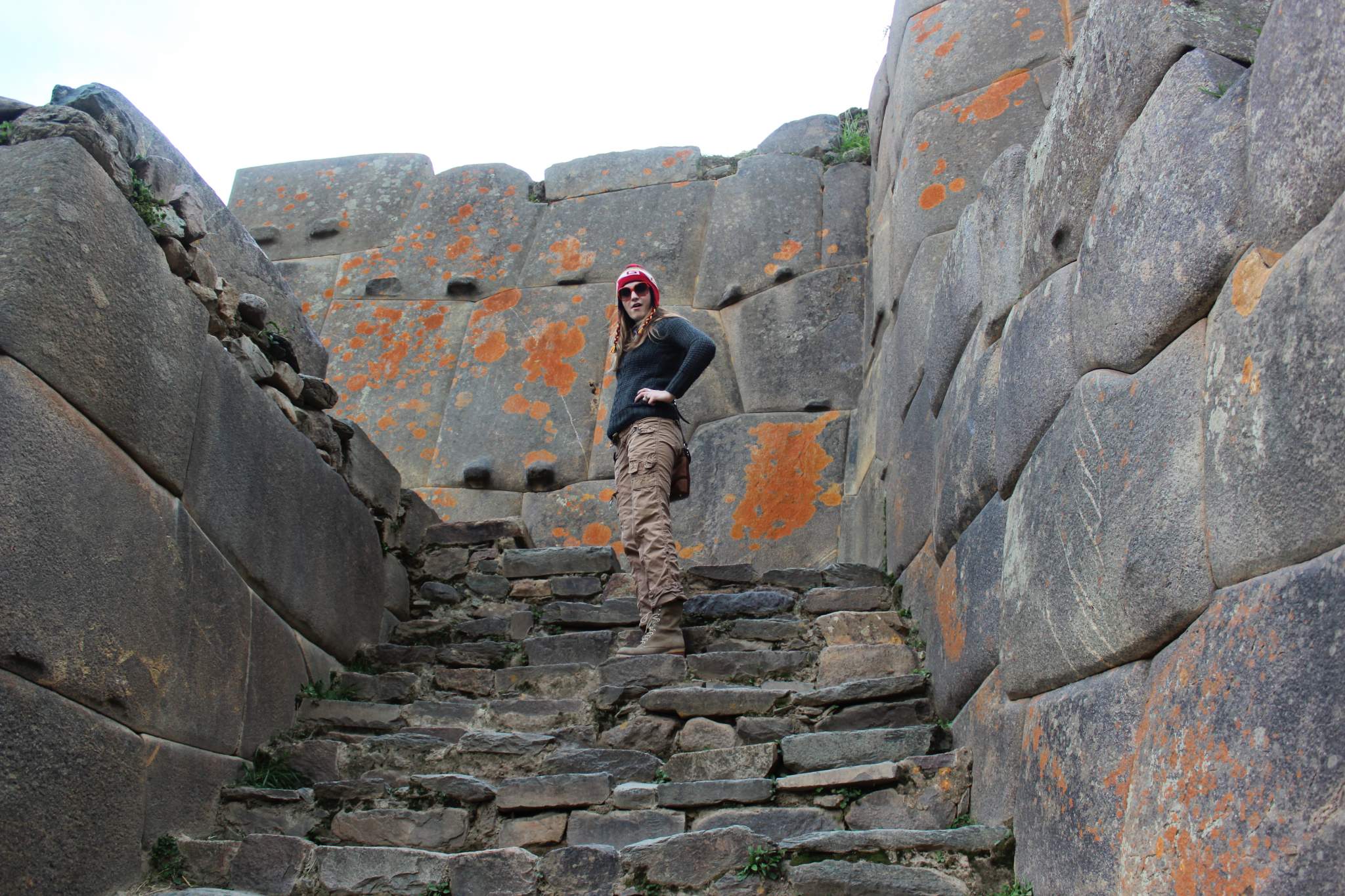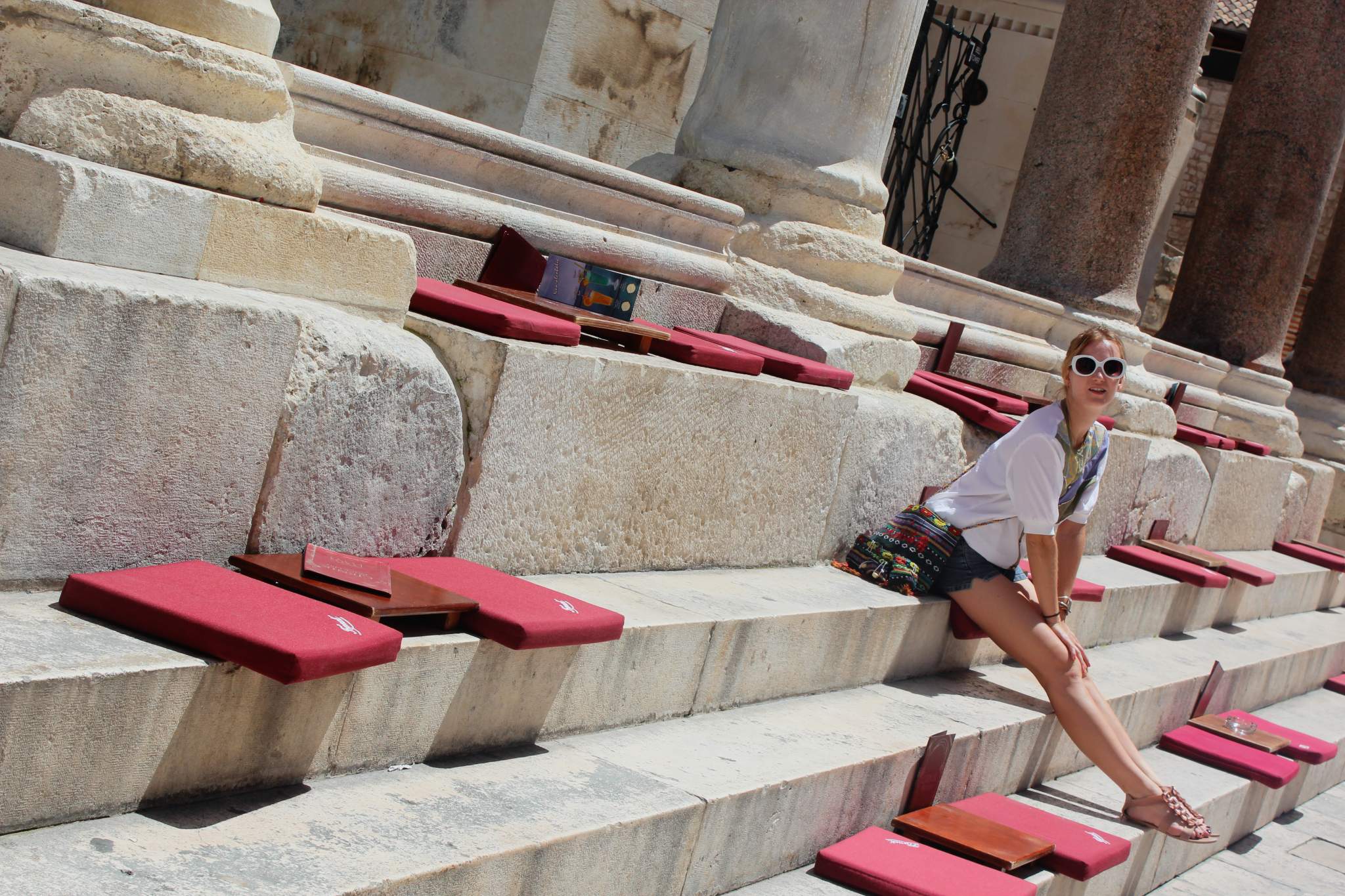
Cadiz, Spain: the Ultimate Travel Guide
Among the many travelers who have spent years overlooking it, but it’s an underdog with a lot to offer. The city is full of history and culture, and the province is home to some of the country’s most beautiful beaches.
The province of Cádiz has it all, from charming coastal villages on the Costa de la Luz to so many lovely pueblos blancos (whitewashed villages) that it is impossible to list them all. And, of course, there is the regional capital of Cadiz City, one of the oldest cities in Europe. Just imagine strolling through the streets of this beautiful city, with its stunning architecture and rich history.
Where is Cadiz Spain, located?
Cadiz, Spain, is located in Spain’s far southwestern corner. It is one of Andalucía Spain’s provinces in the country’s south. Cadiz is a beautiful city on a narrow strip of land separating the Atlantic Ocean from the Gulf of Cadiz. The city is home to many beautiful beaches and thriving fishing industry. In addition to its natural beauty, Cadiz, Spain is also home to several historical and cultural attractions. The city’s Old Town district is a UNESCO World Heritage Site and is also home to several museums and galleries. With its stunning location and rich history, Cadiz Spain, is a must-visit destination for anyone interested in exploring all Spain has to offer.
Why you should visit Cadiz
Cádiz is a city located on the Costa de la Luz in southwestern Spain. It is known for its beautiful sunsets, sunrises, and lively atmosphere. Cádiz is also considered one of the oldest cities in Europe, making it a very interesting place to visit.
Cádiz is a beautiful city with a long and storied history. Its location on a peninsula surrounded by the Bay of Cádiz lends itself to stunning water views, making for spectacular sunrises and sunsets.
Cádiz is also one of the oldest cities in Spain and is claimed by some to be the oldest city in Europe. This rich history can be seen in its architecture and culture, which are worth exploring. Cádiz makes for a great base to explore the Cádiz province and is sure to delight visitors of all ages.
Best things to do in Cadiz
Market time
Looking for a truly authentic Spanish experience? Then head to the Mercado Central de Abastos in Cádiz. This lively covered market has been a fixture in the city since 1838 and was recently restored to its former glory. Inside, you’ll find more than 150 stalls selling everything from fresh seafood to Argentinean empanadas. Friday and Saturday are the best days to visit when the market is crowded with locals enjoying fried fish and cold sherry. It’s an ideal place to watch people and soak up this historic city’s unique atmosphere.
Catedral Nueva
Catedral Nueva, also known as the New Cathedral, is a baroque cathedral in Cadiz, Spain. The cathedral was built in the 18th century and is one of the symbols of the city. The most notable feature of the cathedral is its magnificent gilded dome, which has a diameter of 52 meters. The dome is very similar to the architecture of the dome of the Pantheon in Rome. The interior and dimensions of Catedral Nueva are very impressive. The cathedral is definitely worth a visit if you are ever in Cadiz.
Playa de La Caleta
Cádiz’s most famous beach, Playa de La Caleta, is the perfect place to watch the sunset. Get there an hour before sundown and enjoy the beautiful view.
As the sun slowly sets over Cádiz, the small fishing boats are painted gold by their final rays. Sunset beach is truly a sight to see.
This beach was famously featured in the James Bond film Die Another Day – when Halle Berry emerged from the water.
The cove is flanked by two ancient fortresses (Castillo de Santa Catalina and Castillo de San Sebastián), making it a truly unique place to watch the sunset.
Playa de la Caleta is one of the most popular beaches in Andalucía province, Spain. The wide stretches of golden sand and serene turquoise water make it a perfect place to relax and enjoy the sunshine. However, it can get really overcrowded in the summer.
Playa del Faro
Luckily, there are around 76 other beaches to choose from in the province of Cádiz. Looking for a quieter spot? Playa del Faro is very close. With its beautiful views and tranquil atmosphere, Playa del Faro is the perfect place to escape the crowds and enjoy the Andalucian sunshine.
Playa del Faro is a secluded beach located in Spain’s Cabo de Trafalgar region. This beach is unique not only for its tranquility and picturesque surroundings but also for its historical significance. The Battle of Trafalgar, one of the most important naval battles in history, took place just off the Playa del Faro shoreline in 1805.
Cabo de Trafalgar
Today, visitors can explore the nearby Cabo de Trafalgar lighthouse, relax on the sandy beaches, and enjoy a refreshing drink at the rustic Bar Las Dunas, located at the point where the road meets the sand. Whether you’re looking for a peaceful place to enjoy nature or a slice of history, Playa del Faro is sure to please .
The site of Spain’s first constitution.
Cadiz has long been a city of rebellious spirits and independent thinking. From the Phoenicians to the Carthaginians, Cadiz has always been where people have come to make their mark on the world. So it is no surprise that, in 1812, Cadiz would be the site of Spain’s first constitution. La Pepa, as it came to be known, was the product of over 1,400 meetings and aimed to establish national sovereignty. It was passed on 19 March 1812, as Napoleon’s troops battered but failed to conquer the city.
The constitution
The constitution was a testament to the grit and liberal values of Cadiz’s residents and helped establish the city as a key player in Spanish politics. Cadiz may be small, but it has always punched above its weight. 200 years after La Pepa was established, Cadiz is still a city of rebel spirits and independent thinking.
How to get to Cadiz?
Getting to Cadiz is easy, whether you take a bus or train from Madrid, Barcelona, Seville, or another major city or fly to the nearest airport in Jerez de la Frontera.
There are several daily flights to Madrid, Barcelona, London, and Frankfurt, and the larger airport in Seville is just over an hour away. Once you arrive in Cadiz, you can explore the city’s many historical landmarks, enjoy the delicious seafood at one of the local restaurants or take a dip in the Mediterranean Sea. No matter how you spend your time here, you will have a memorable experience.
Cadiz climate
The climate is mild subtropical. The average annual temperature is 18.6 ° C. The summer is hot. Winter in Cadiz is very mild with the average temperature of the coldest month around +10 degrees. Cadiz has a rich history dating back to Phoenician times.
So, when is the best time to go to Cadiz?
If you want to experience one of Europe’s biggest carnivals, February is the best time. The streets are filled with locals in fancy dress and there’s music everywhere you go. Or, if you’re looking for summer sun, June or September are great months to visit. The city doesn’t get too hot during these months and it’s not as crowded as it is during the peak tourist season. So, when is the best time to go to Cadiz? That depends on what you’re looking for in a vacation.
Weatherwise, the best time to visit Cadiz is April-June and September-October. It is quite hot here in summer.





Leave a Reply